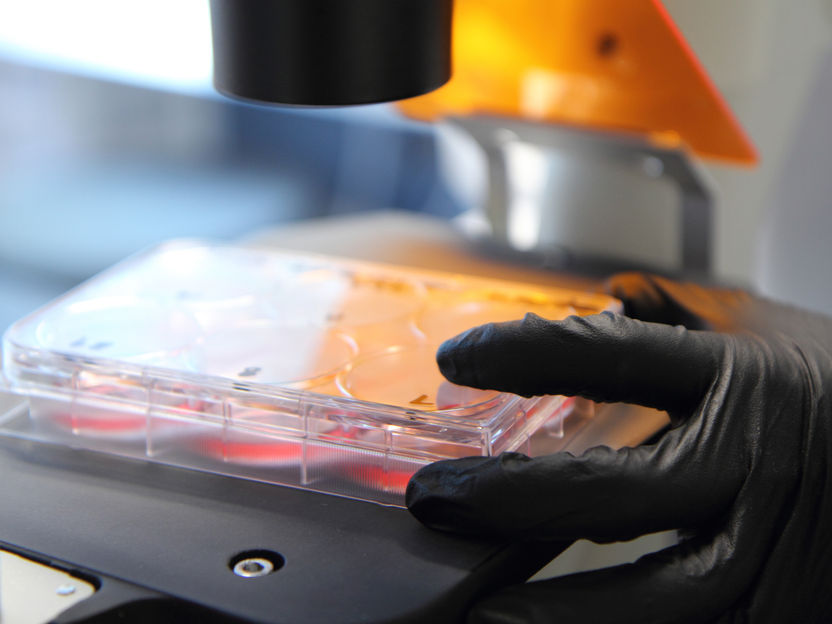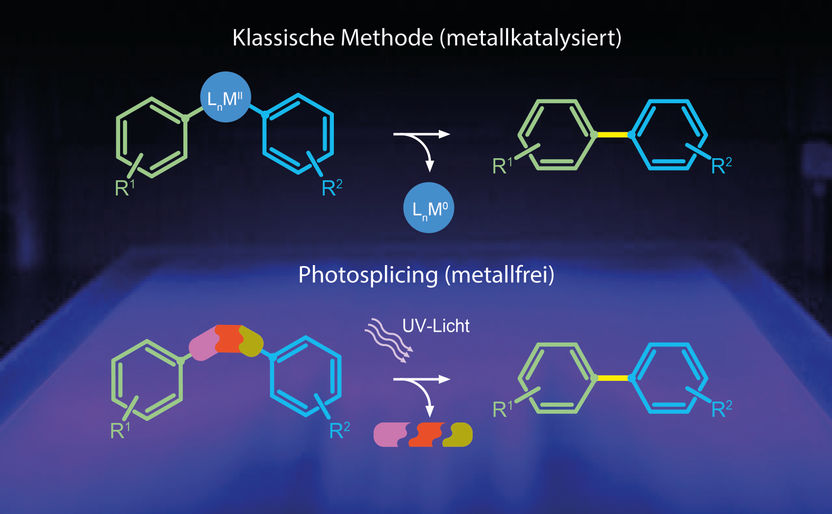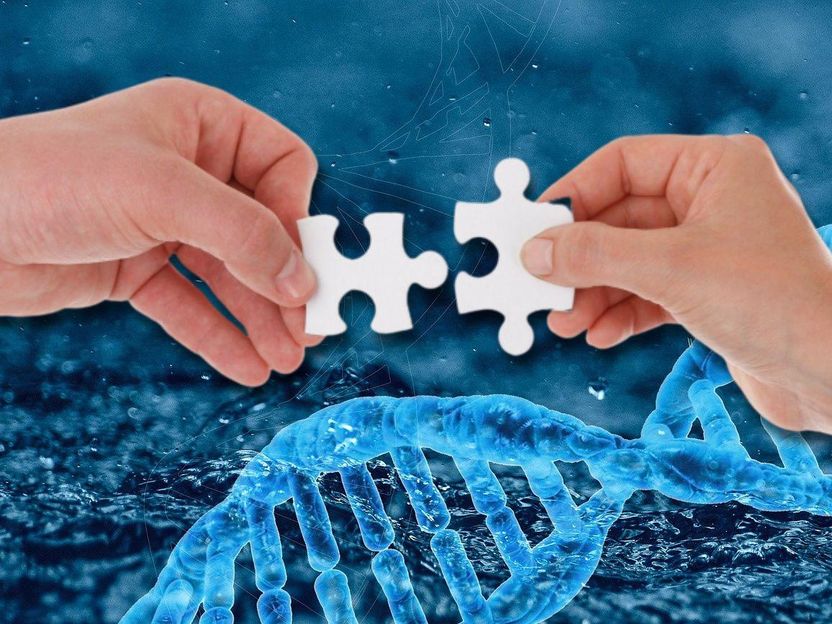Protein helps prevent damaged DNA in yeast
Like a scout that runs ahead to spot signs of damage or danger, a protein in yeast safeguards the yeast cells' genome during replication -- a process vulnerable to errors when DNA is copied -- according to new Cornell research.
Researchers from Weill Institute for Cell and Molecular Biology have discovered how a protein called Mec1 plays the role of "guardian of the genome," explained Marcus Smolka, assistant professor of molecular biology and genetics.
Previous studies have shown that cells lacking Mec1 accumulate damaged DNA and become more sensitive to agents that interfere with replication. The researchers report that the Mec1 protein monitors and repairs the machinery responsible for replicating the DNA. At times, when DNA becomes damaged, the replication machinery can actually detach from the DNA -- like a train coming off a track -- but Mec1 coordinates the repair of the machinery and the DNA itself, allowing it to restart and continue replicating.
"Mec1 organizes the cell's response against things that jeopardize the integrity of the genome," Smolka said.
During the replication process, Mec1 accumulates at trouble spots such as lesions in the DNA or other blocks to replication. Mec1 is known as a kinase, a type of enzyme that modifies other proteins by adding a phosphate group to them (a process called phosphorylation), which then leads to a functional change in the protein. The researchers report that Mec1 adds a phosphate group to a protein known as Slx4, which then triggers Slx4 to anchor to the replication machinery. Slx4 then can employ a variety of tools to repair DNA and the replication machinery.
The findings are important because researchers have discovered counterparts (called orthologues) to Mec1, other related proteins with similar biological pathways in humans. Also, mutations to the human genes that produce Mec1 and related proteins can lead to cancer predisposition and neurological disorders. At the same time, cancer cells employ their own similar replication repair system, so understanding the process may help researchers design interventions that interrupt replication of cancer DNA.
Recently, other researchers discovered that the human version of Mec1, called ATR, phosphorylates a protein that is the human counterpart to Slx4. The next step, Smolka said, will be to see if after phosphorylation the human Slx4 also anchors to the replication machinery to repair any damaged machinery or DNA.
Original publication: Molecular Cell, July 30, 2010
Most read news
Topics
Organizations
Other news from the department science

Get the life science industry in your inbox
By submitting this form you agree that LUMITOS AG will send you the newsletter(s) selected above by email. Your data will not be passed on to third parties. Your data will be stored and processed in accordance with our data protection regulations. LUMITOS may contact you by email for the purpose of advertising or market and opinion surveys. You can revoke your consent at any time without giving reasons to LUMITOS AG, Ernst-Augustin-Str. 2, 12489 Berlin, Germany or by e-mail at revoke@lumitos.com with effect for the future. In addition, each email contains a link to unsubscribe from the corresponding newsletter.
Most read news
More news from our other portals
Last viewed contents
Cornell Chronicle: Leaf gene changes increase corn yield - Technique allows researchers to identify key maize genes for increased yield

Bayer invests USD 50 Million in eGenesis Series B financing round - Investment to support development of human-compatible xeno organs to address the global organ shortage crisis

Synthesis of pharmaceuticals with light
DIREVO Announces Incorporation of Industrial Biotechnology Subsidiary























































